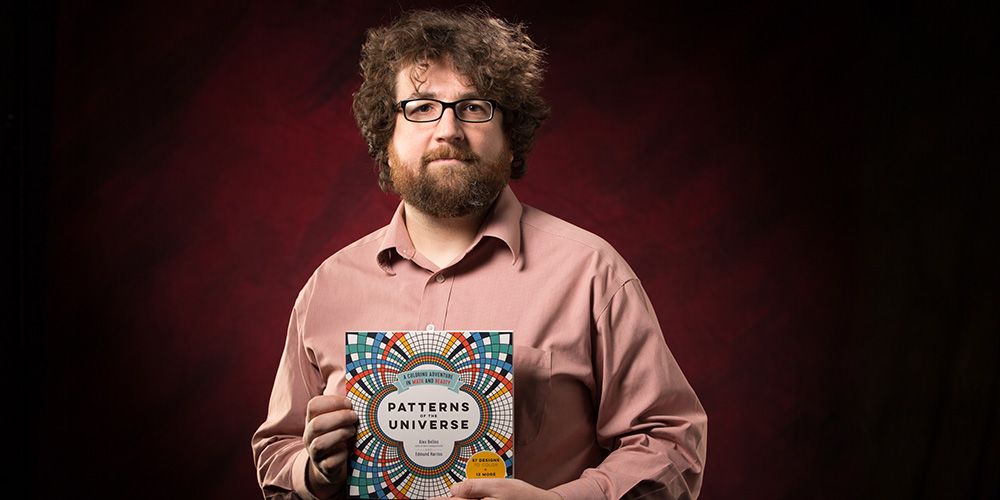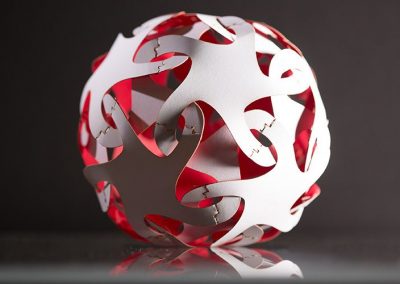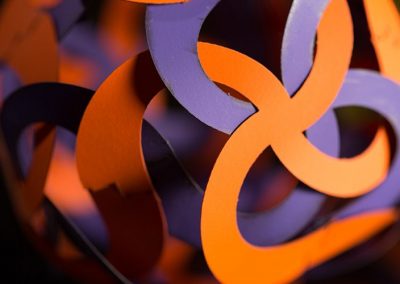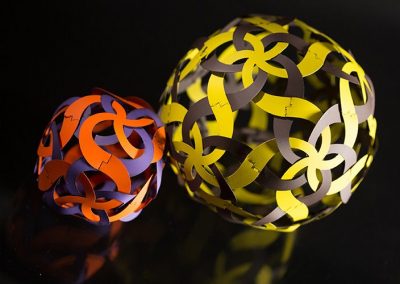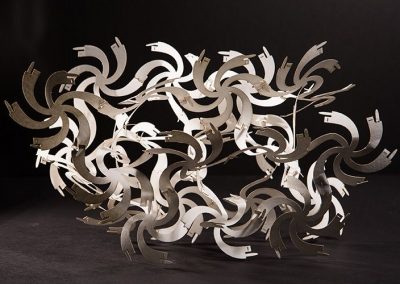Until the 16th century, Edmund Harriss explains, the idea of a negative number seemed absurd. Numbers were used to count objects, and how could you have a negative number of objects? The innovation that changed this way of thinking seems incredibly simple now: a line. If you draw a horizontal line and put a zero in the middle, it’s easy to see where negative numbers fit. This visual representation also illustrates the role negative numbers play in math. You can trace the solution to the problem of 3-5+6 along the line and see that without crossing over into the negative, it would be impossible to solve.
Turning abstract ideas into concrete objects is routine for people who use math in their daily life. Harris, an assistant clinical professor of mathematical sciences, explains that anyone who works with math often takes this ability for granted. “People who do well in Calculus III often have practical experiences working in three dimensions, like carpentry or metalwork,” he says.
Harris explained that once a mathematical concept has been translated into a practical application, it loses its mystery. “Everyone writes off what they know,” says Harriss. “We divide math in our heads into two sorts, the sort that’s trivial and the sort that’s impossible. Over time, you move material from one category to another. The impossible becomes easy.”
Harriss applies this idea to much more complicated problems. Using a technology called computer numerical control, or CNC, he can program complex algorithms into high-tech milling machines to create pieces of art that allow the audience to see, touch and manipulate mathematical concepts. His work has implications for both teaching and research.
“It gives you a different view,” he explains. “You’re not just illustrating mathematics, you can start interacting with it. We can show things we know to be hard to teach.”
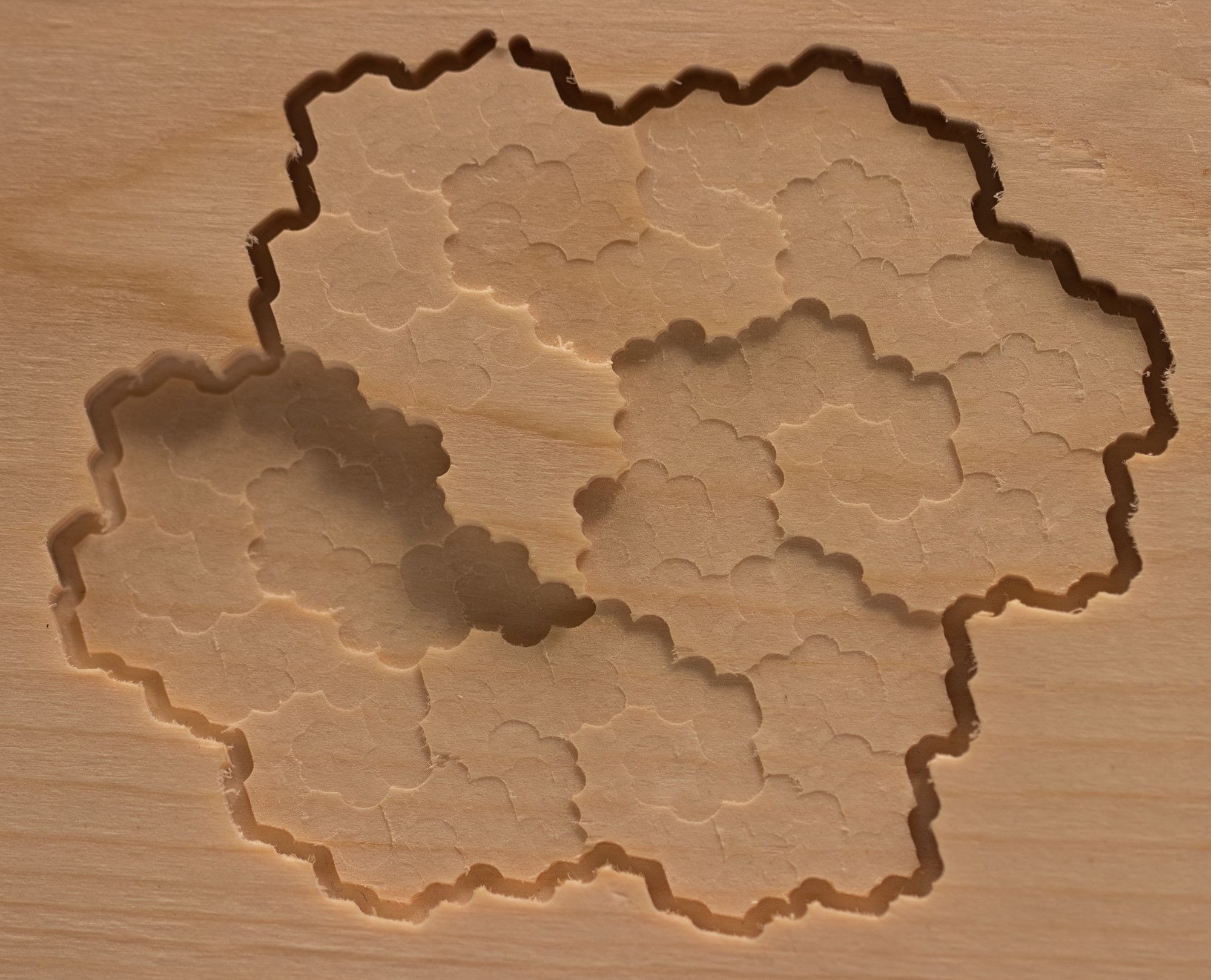
Harriss carved this curve (developed by his colleague Pierre Arnoux) into a block of wood. On a two-dimensional plane, the line would fill the entire space and look like a solid shape, but carving it in three dimensions allows the entire line to remain visible.
For example, Harriss explains, it becomes easier to predict the angles at which the lines will intersect. “You can easily see the angles changing,” he says. “If you want to set up that angle to be a certain thing, you know there’s a value you can find. Being able to look, you can find a property and go back to the equation and look for it there.”
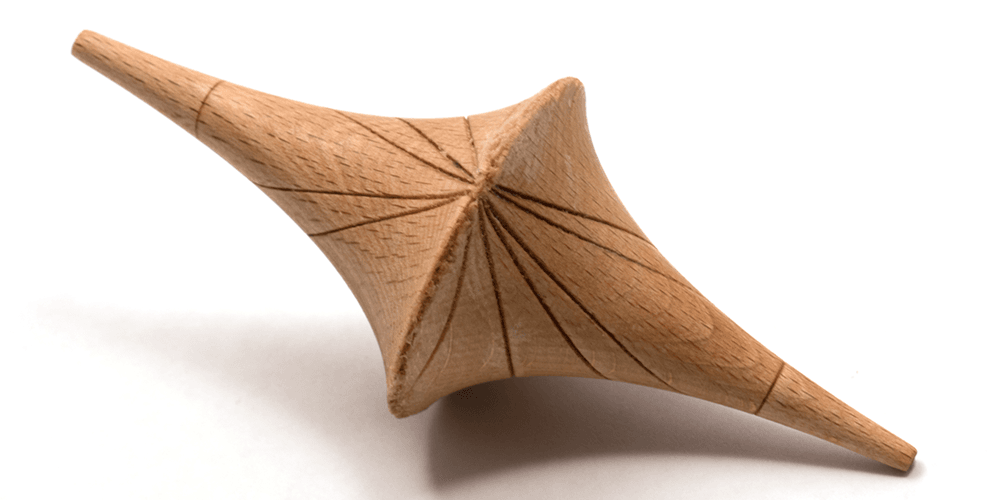
This shape, called a pseudosphere, can be used to visualize the way light follows the shortest distance through curved space.
The machines Harriss uses to create his pieces are designed to cut metal into gears, screws and other practical devices. To get them to carve intricate mathematical shapes into wood, his favorite medium, Harriss had to figure out new ways to use this technology. “If you want to do the sort of work that was done in a metal shop, that’s easy,” he says. “If you want to do something like work in wood, you have to fight assumptions in the software. I think there’s lots of unexplored potential in the ways you control the machine.”
Re-programming milling machines is not the only way put abstract math concepts into concrete forms. Harriss also sees potential in game design, especially as a tool for helping students experience math in a new way. He’s even created math coloring books with author Alex Bellos.
Curvahedra, another of Harriss’ projects, are paper pieces that illustrate the way mathematical shapes can be made from curvy lines. “General relativity assumes that the three dimensional space (or the four dimensional spacetime) that we live in is itself curved,” he explains on his blog. “This huge idea fundamentally changed our understanding of the universe yet we can start to appreciate it with a simple toy.”
Curvahedra are curvy shapes that can be connected into different configurations. The number of arms in the shapes determines the angles between the arms, which in turn determines how the shapes will curve when they’re fitted together. The resulting objects can be used to illustrate theorems from the fields of topology and differential geometry.
“Just because you can ask a mathematical question doesn’t mean you can answer it,” he says. “Sometimes you do not have the techniques to extract the answers you want from the mathematical model. In other cases humanity as a whole does not have the general method, and finally there are some problems we can prove cannot be answered with algorithmic methods.”
Harriss is working with Salvador Barraza Lopez in the Department of Physics and Jeremy Van Horn-Morris, assistant professor of mathematical sciences, to apply his ideas to the study of graphene and other two-dimensional materials. Traditionally, 2-D materials are modeled as a continuous sheet of perfectly aligned atoms. But in reality, these materials can have variations and defects. Materials such as phosphorene have a wavy structure at the atomic scale, adding a thickness that does not appear when you consider a 2-D surface. Harriss and Van Horn-Morris are working on more accurate models that can identify the effects of these variations on the materials.
Harriss has gained recognition as both a mathematician and an artist. His mathematics research has been published in Nature and Proceedings of the National Academy of Sciences. His artwork has been exhibited at several universities, including the Imperial College in London, the Centre International de Rencontres Mathematiques in France, Oklahoma State University and the University of Arkansas. He even has a fractal curve named after him.
Harriss says he was interested in art as a child. “I couldn’t draw, so I became a mathematician,” he says. For Harriss, the two disciplines have merged. He sees his work with CNC as a means not only to create original art, but also to provide new tools for other artists. On his blog, he explains that he sees all of mathematics as a form of art, because they both pursue the unobtainable goal of “raw or objective beauty.”

